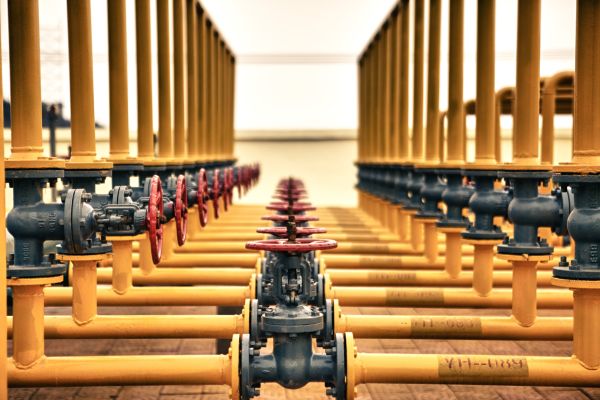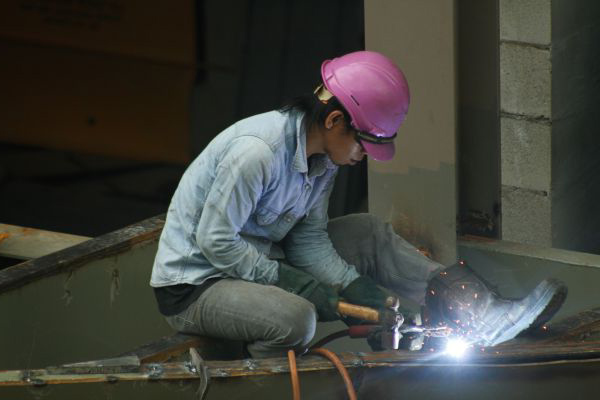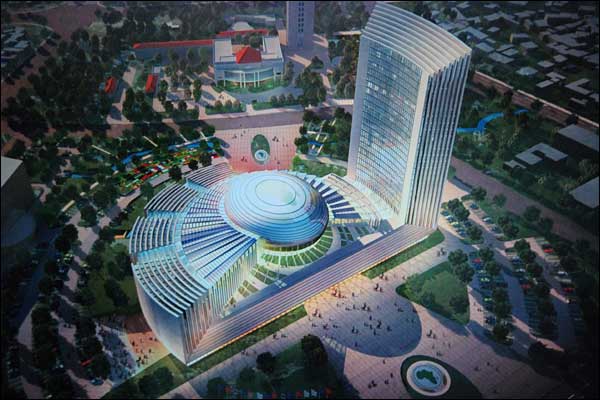Energy is the key to 21st century Eurasian geopolitics
The pattern of world energy trade has changed significantly in recent decades and this is having profound implications for global geopolitics. Several Asian economies, particularly the People’s Republic of China (PRC) and India, have emerged as the region’s most conspicuous energy consumers because of their phenomenal economic growth. On the supply side, the world’s largest energy producers are located in the geographically proximate regions of Central Asia, the Middle East, and Russia. A complementary relationship between these energy exporters and suppliers is evident and is being strengthened, connecting together Central and East Asia, parts of India, the Persian Gulf, and Russia. I call this the “new continentalism.”



